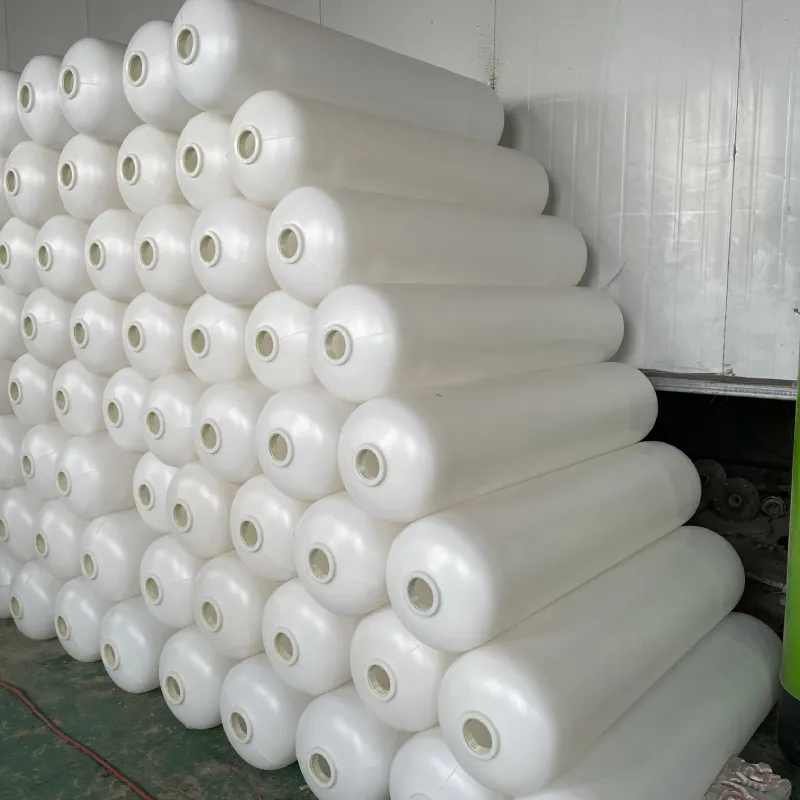loading...
- No. 9, Xingyuan South Street, Dongwaihuan Road, Zaoqiang County, Hengshui, Hebei, China
- admin@zjcomposites.com
- +86 15097380338
- Welcome to visit our website!
High-Quality FRP Pultruded Gratings for Industrial Applications
Understanding FRP Pultruded Gratings An Overview
Fiber Reinforced Polymer (FRP) pultruded gratings have emerged as a superior alternative to traditional materials such as steel and aluminum, particularly in environments where corrosion resistance and lightweight properties are paramount. This article aims to provide a comprehensive overview of FRP pultruded gratings, highlighting their benefits, applications, and construction methods.
FRP grating is manufactured through a process called pultrusion, where fibers are drawn through a resin bath and then pulled through a heated die to form continuous lengths of material. The result is a product that combines the strength of composite materials with a lower weight and enhanced durability compared to conventional metals. The primary components used in making FRP gratings include fiberglass, resin, and a variety of additives that enhance performance attributes.
Understanding FRP Pultruded Gratings An Overview
Moreover, the lightweight nature of FRP grating simplifies installation processes, reducing labor costs and making them easier to handle than heavier alternatives. This is especially beneficial in construction and maintenance scenarios where weight restrictions or complex designs are involved. The innate versatility of FRP allows for a variety of designs and configurations, catering to specific project needs without compromising structural integrity.
frp pultruded gratings

Another significant advantage of FRP pultruded gratings is their excellent slip resistance. Many types of FRP gratings feature surface textures that provide superior traction, which is a crucial factor in safety-critical applications. This characteristic is particularly advantageous in areas that are frequently wet or exposed to slippery substances, where slips and falls can lead to serious injuries.
FRP pultruded gratings also contribute positively to energy efficiency. They offer good thermal insulation properties, preventing heat transfer and helping regulate temperature in sensitive areas. Additionally, FRP does not conduct electricity, reducing the risk of electric shocks in environments where electrical hazards are present.
The applications of FRP gratings are diverse. They see extensive use in industries including oil and gas, mining, food processing, and pharmaceuticals, among others. Their utility spans a multitude of infrastructures—walkways, platforms, drainage covers, and more. The customization options available in colors, sizes, and shapes further enhance their desirability, allowing organizations to select solutions that fit both functional and aesthetic requirements.
In conclusion, FRP pultruded gratings represent a modern solution to the challenges posed by traditional materials in various industrial settings. With their corrosion resistance, lightweight design, slip resistance, and versatility, FRP gratings provide a reliable and efficient alternative that can lead to significant long-term savings in maintenance and replacement costs. As industries continue to seek innovative materials that enhance safety and efficiency, FRP pultruded gratings are well-positioned to play a vital role in the future of infrastructural development.
-
GRP Structures: The Future of Lightweight, High-Performance EngineeringNewsJun.20,2025
-
FRP Water Tank: High-Performance Storage for Corrosive and Clean Water SystemsNewsJun.20,2025
-
FRP Square Tube: The New Industry Standard for Chemical and Structural ApplicationsNewsJun.20,2025
-
FRP Pultruded Profiles: The Ultimate Choice for Lightweight Structural StrengthNewsJun.20,2025
-
FRP Handrails: The Safer, Smarter, and Stronger Choice for Modern InfrastructureNewsJun.20,2025
-
FRP Grating: The Smart Solution for Durable, Lightweight Industrial FlooringNewsJun.20,2025
-
Why Choose a Galvanized Water Tank for Your Storage NeedsNewsMay.21,2025
